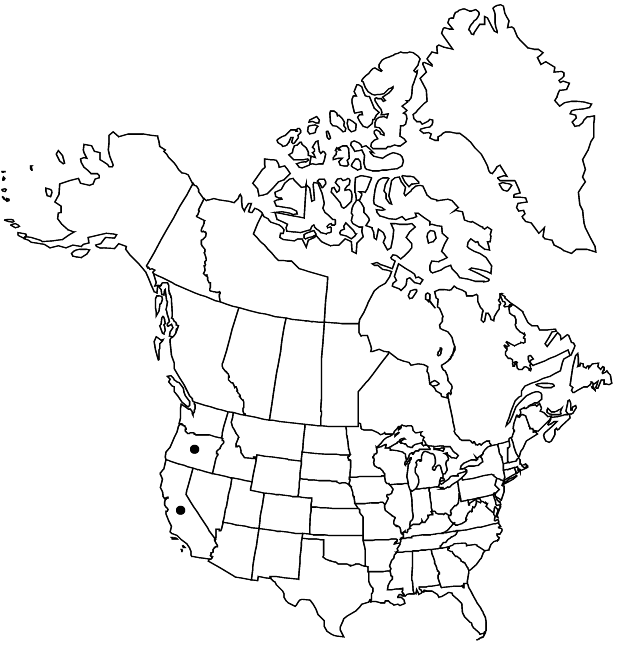Difference between revisions of "Leucothoë davisiae"
Proc. Amer. Acad. Arts 7: 400. 1868 ,.
FNA>Volume Importer |
imported>Volume Importer |
||
| (5 intermediate revisions by 2 users not shown) | |||
| Line 32: | Line 32: | ||
-->{{#Taxon: | -->{{#Taxon: | ||
name=Leucothoë davisiae | name=Leucothoë davisiae | ||
| − | |||
|authority=Torrey ex A. Gray | |authority=Torrey ex A. Gray | ||
|rank=species | |rank=species | ||
| Line 47: | Line 46: | ||
|publication year= | |publication year= | ||
|special status= | |special status= | ||
| − | |source xml=https:// | + | |source xml=https://bitbucket.org/aafc-mbb/fna-data-curation/src/2e0870ddd59836b60bcf96646a41e87ea5a5943a/coarse_grained_fna_xml/V8/V8_995.xml |
|subfamily=Ericaceae subfam. Vaccinioideae | |subfamily=Ericaceae subfam. Vaccinioideae | ||
|genus=Leucothoë | |genus=Leucothoë | ||
Latest revision as of 23:47, 5 November 2020
Plants 0.3–1.5 m, branches erect, 0.3–1.5 m. Leaves: petiole 3–6 mm; blade oblong to elliptic, 1–6 cm, margins sparsely toothed, apex shortly acute to obtuse, surfaces glabrous. Inflorescences fascicled, sessile, dense, 20–60-flowered, 5–15 cm; bracts deciduous, ovate, 1.7–2 mm. Pedicels 2–3 mm. Flowers: sepals whitish, lanceolate-ovate, 2.5–3.3 mm, apex acute or subacute; corolla urceolate, 6–8 mm; filaments glabrous; anthers 1.2–1.4 mm, with 2 awns (sometimes awns absent); ovary glabrous. Capsules 4.5–6 mm wide. Seeds ellipsoid or oblong; testa firm, reticulate.
Phenology: Flowering mid spring.
Habitat: Mountain woods, bogs, wet areas
Elevation: 1300-2600 m
Discussion
Leucothoë davisiae, named for Nancy Jane Davis (1833–1921), Pennsylvania educator and amateur botanist who collected the type in 1863 in northern California, is native in the high Sierra Nevada and Warner Mountains of California and the Klamath ranges of southwestern Oregon and northwestern California. This species is poisonous; it contains diterpenoid compounds (grayanotoxins or andromedotoxins). All livestock are known to be susceptible, especially sheep and goats. Leaves are most frequently eaten; as little as 25 grams of leaves may be lethal to a sheep. It is also toxic to humans (S. A. Weathers 1998). Signs of poisoning include slowed or irregular heart rate, blurred vision, paralysis, excessive salivation or foaming at the mouth, depression, vomiting, and colic.
Selected References
None.
